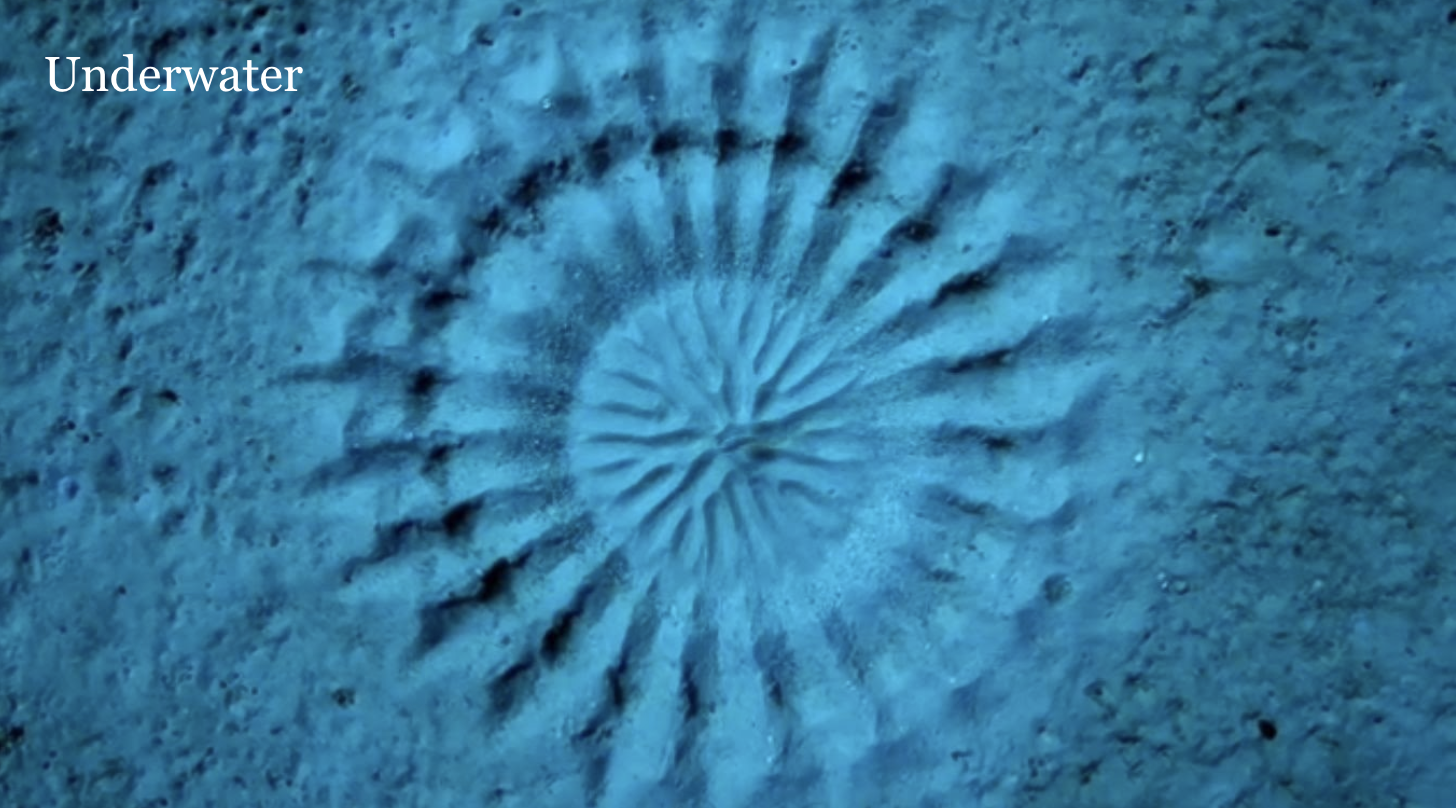Talk: Interspecies I/O
18 July 2020
The Interspecies I/O’s mission is to encourage, explore and facilitate interfaces for interspecies communication and approaches for deciphering the communication of non-human animals. With the aim to positively impact species conservation, welfare, empathy, compassion, enrichment, sustainability, and understanding,
Transcript
Hello everyone. I also work at the Serpentine Galleries in London, but as curator of General Ecology,...a project I conceived in 2018 as an experiment, to make a structural change to an organisation, one that would attune it to a more-than-human world.
Why? Because we desperately need an active, hopeful, and interdisciplinary ecological movement, one that places our interspecies relations front and centre. And art is a playground to test this kind of stuff out.
But there’s more! Today, I want to make the case to you that art (imagination, narrative, abstraction, myth and memory) – and the stuff of the world (so earth, ground, animals, mountains, plants) are, in fact, one and the same.
I want to suggest to you that art is an incredibly practical thing, one that concerns the real world, and holds knowledge about it. And indeed, art may even be the most resilient technology that we have ever come up with. The oldest instruction manual on Earth.
Here are some snapshots from General Ecology.
Three years ago, writer and editor Filipa Ramos and I began by looking at this image. A tiny puffer fish shuffles about, moving sand around, and makes this fantastic shape. Biologists describe this circle as part of a mating ritual. We might look at it and think of art, of the more-than-necessary: this fish is an artist. But to this tiny fish, if we could shrink right into that fish’s mind, surely the shape of that circle, is not a circle at all, but a set of movements: the sand shuffle, a kind of a dance.
From this, Filipa and I developed The Shape of a Circle in the Mind of a Fish – a multi-year research project and festival series that looks at consciousness, intelligence and language across species, convening artists, anthropologists, theologians, scientists and more.
Our first instinct there, was this shift of perspective from the circle to the dance. And over time, we’ve devoted the series to chipping away at various anthropocentric assumptions.
After all, saying that a forest is capable of generosity, is not necessarily to anthropomorphize a forest, but maybe, rather, to suggest that human generosity could be a complex emergence from a larger, more ancient, kind of generosity. Same with love, same with everything.
I will now read you some poetry.
“That day you seemed to me a tall palm tree,
and your breasts the clusters of its fruit
I said in my heart,
let me climb into that palm tree
and take hold of its branches.”
This passage is from the Song of Songs, dating back to between the 10th and 2nd centuries BCE. Here, a couple is in a garden, and the perfumes, textures and seductiveness of plants become a metaphor for erotic (or divine) love.
But what if we read it the other way around? Maybe then, the speaker, by comparing his lover to a palm tree, is actually referring to date tree fertilisation, an interspecies, human-plant agricultural practice dating as far back as the 5th or 6th millennium BCE, and which was in fact the backbone of Mesopotamian civilizations for millennia.
Seen in this way, myth and stories –art!– such as this one, transmit an agricultural practice through deep time: they are instruction manuals for interspecies relations.
I will close by speaking of the General Ecology project: if metaphor and material – abstraction and stuff, can be one and the same, then it follows that thinking about a forest may require thinking with and also like, a forest, too.
The General Ecology project works like a garden. Its manifestations flower and fruit at different times and different speeds. And while we think of planetary ecologies as systems, we also think of the system of the project itself as a complex environment, and we organise ourselves and work, in accordance to this principle.
We are now in the process of developing the General Ecology Network, which will convene individuals and organisations across all disciplines, with the aim of prototyping artist-led, collaborative initiatives for an interspecies future.
Art, then is not just a playground after all. Maybe, art is more like that famous clump of dirt… You know, that handful of dirt, the one that holds 50km of fungal mycelium and 100 billion bacteria. A swarming and teeming place, full of collective intelligence, that carries us through the complex mess that is interspecies deep time.
Thank you!






